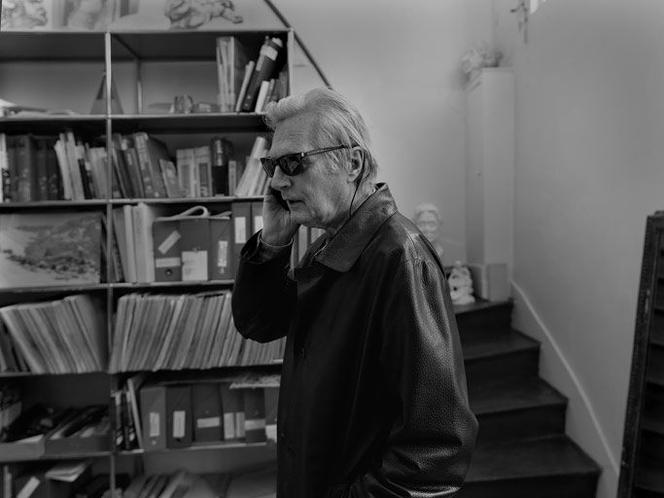


Jacques Labro died on November 11, 2024, in Paris. He was 89 years old. The architect's name will remain attached to what was the greatest work of his life, the development of the ski resort of Avoriaz in the French Alps, with its buildings featuring wooden facades and unstructured silhouettes with reliefs that embrace the shapes of nature.
The venture began in the early 1960s, when he was still a young, up-and-coming architect, freshly graduated from the Beaux-Arts and crowned with the prestige of the Prix de Rome in 1961. Jean Vuarnet, ski champion, inventor of the egg position (bust bent, legs flexed, both arms pulled forward, fists together) and future creator of glacier goggles, had set his sights on developing above Morzine, the town where he'd grown up, a new kind of car-free resort modeled on those he'd discovered in the United States.
He convinced Gérard Brémond, a young entrepreneur with broad ideas, to take on this project with him. It was he who came looking for Labro, who was soon joined by two accomplices who shared his taste for cinema, jazz and his love of the mountains: Jean-Jacques Orzoni and Jean-Marc Roques. Together, the three architects would found the Atelier d'Architecture d'Avoriaz (today headed by Simon Cloutier, who continues their legacy), and give shape to what would become the first Pierre & Vacances village.
The mountains were booming at the time. Resorts were springing up everywhere, based on a functionalist model typical of the period: standardized housing units and concrete everywhere, a spatial organization entirely designed around the car, with the goal of maximum efficiency.
Avoriaz is one of the rare exceptions to this "ski factory" model, in the same way as Les Arcs, whose architecture was entrusted to Charlotte Perriand, and Flaine, where Marcel Breuer was called in. The large Portes du Soleil ski area, which this new resort would make accessible, was its capital, but its influence, the place it occupies today in the collective imagination, owes everything to the ambition that presided over its conception.

Awarded the Prix de l'Equerre d'Argent in 1968 (specifically for the Hôtel des Dromonts and two other buildings in the eponymous district, the historic heart of the resort), the architecture of Labro, Orzoni and Roques forged the visual identity of the Avoriaz International Fantastic Film Festival, which was held there for 20 years, from 1973 to 1993, before migrating to Gérardmer, in the Grand Est region. The festival was instrumental in the ski resort being awarded the "remarkable heritage of the 20th century" label.
You have 45.03% of this article left to read. The rest is for subscribers only.
